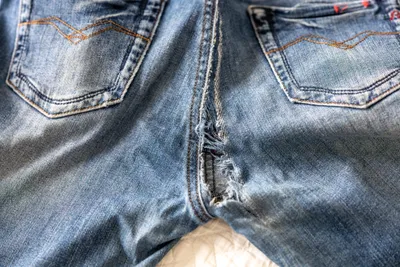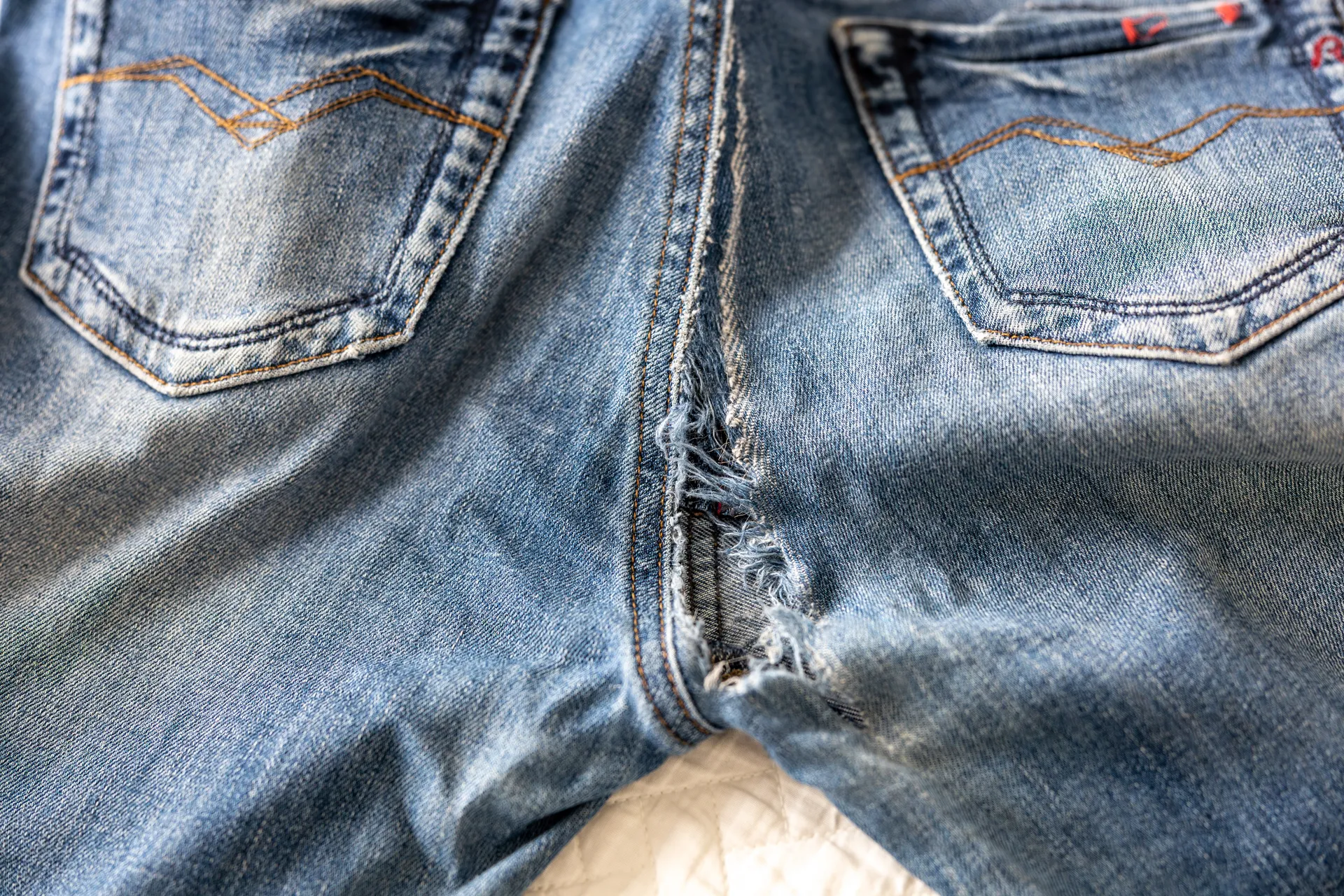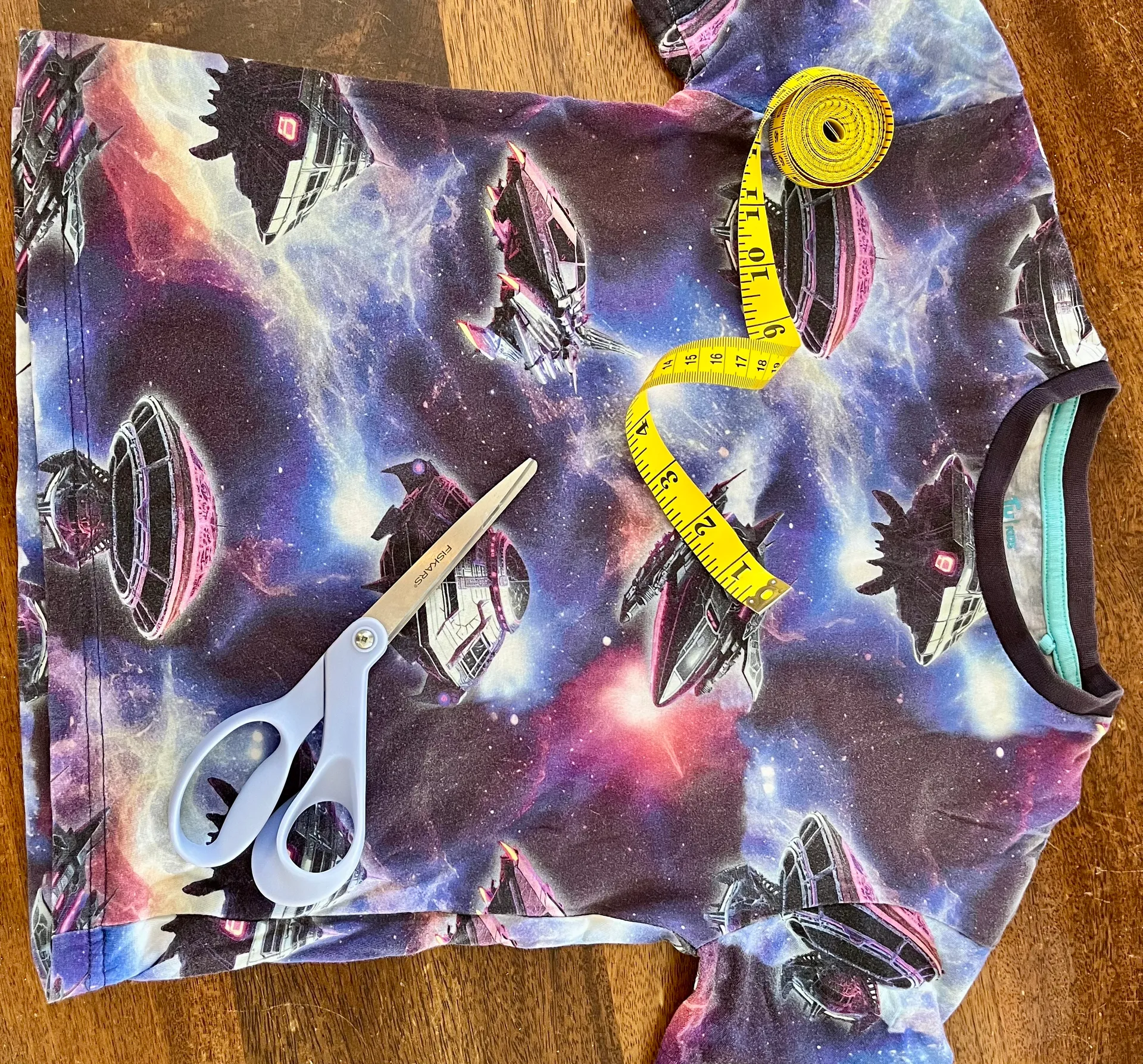Which fabrics make the best rags and why

Not all fabric is created equal—especially when it comes to reusing old clothes and textiles as rags for specific tasks. Find out which to use for cleaning, painting, oil and gardening.
Whether you’re wiping down tools, polishing glass, or scrubbing grout, choosing the right rag for the job makes all the difference.
Below are the best types of fabric to reuse in trade, home, and garden settings—with some surprising hacks thrown in.
Cotton t-shirts (jersey knit)
Best for: general cleaning, painting prep, polishing.
Why: Highly absorbent, soft, non-scratch. Great for lint-free wiping when cut into small sections.
Flannelette / cotton pyjamas
Best for: oil and grease absorption in automotive tasks.
Why: Napped surface lifts grime well; highly absorbent and gentle on surfaces.
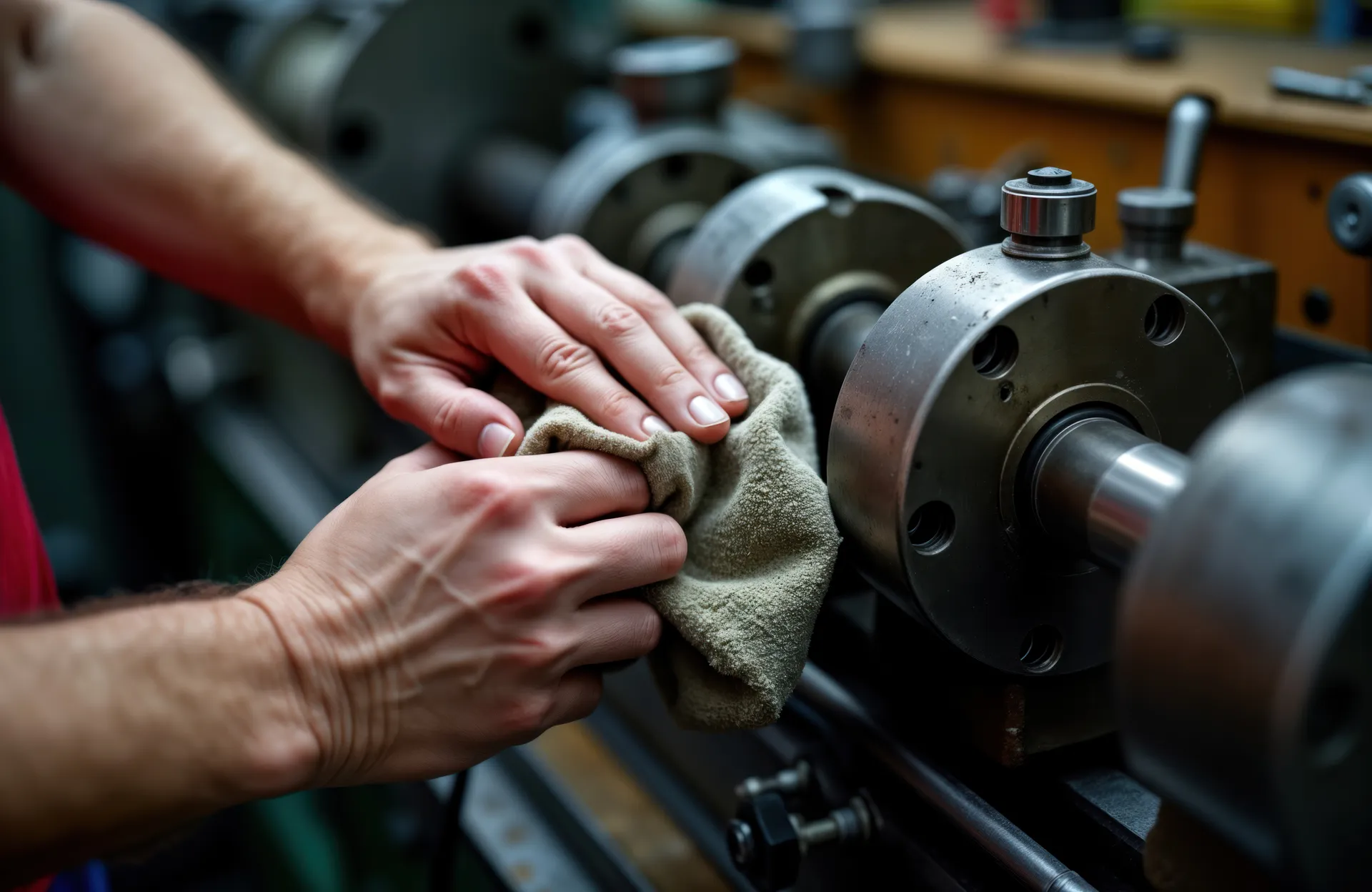
Towelling (old towels, bathrobes)
Best for: soaking up spills, building clean-up, grout haze.
Why: Loop pile grabs particles; ideal for post-construction mess.
Microfibre cloths (when retired from household use)
Best for: dusting, window cleaning.
Why: Fine synthetic fibres attract dust and polish glass streak-free. Wash in a laundry bag to reduce microplastic shedding.
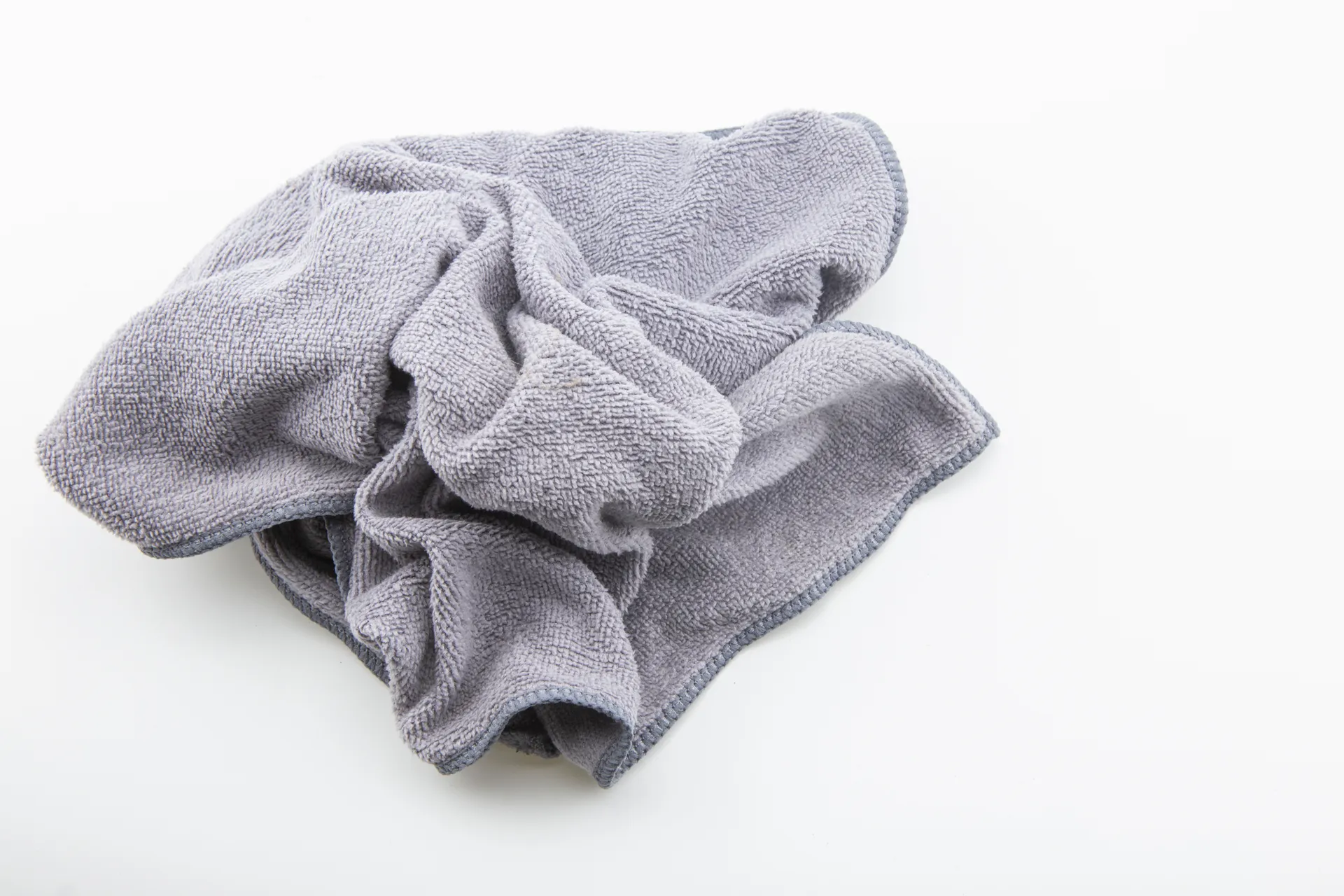
Linen shirts or tea towels
Best for: streak-free window cleaning.
Why: Natural lint-free fibres leave no residue. Polish glass, chrome or mirrors.
Surprising reuses
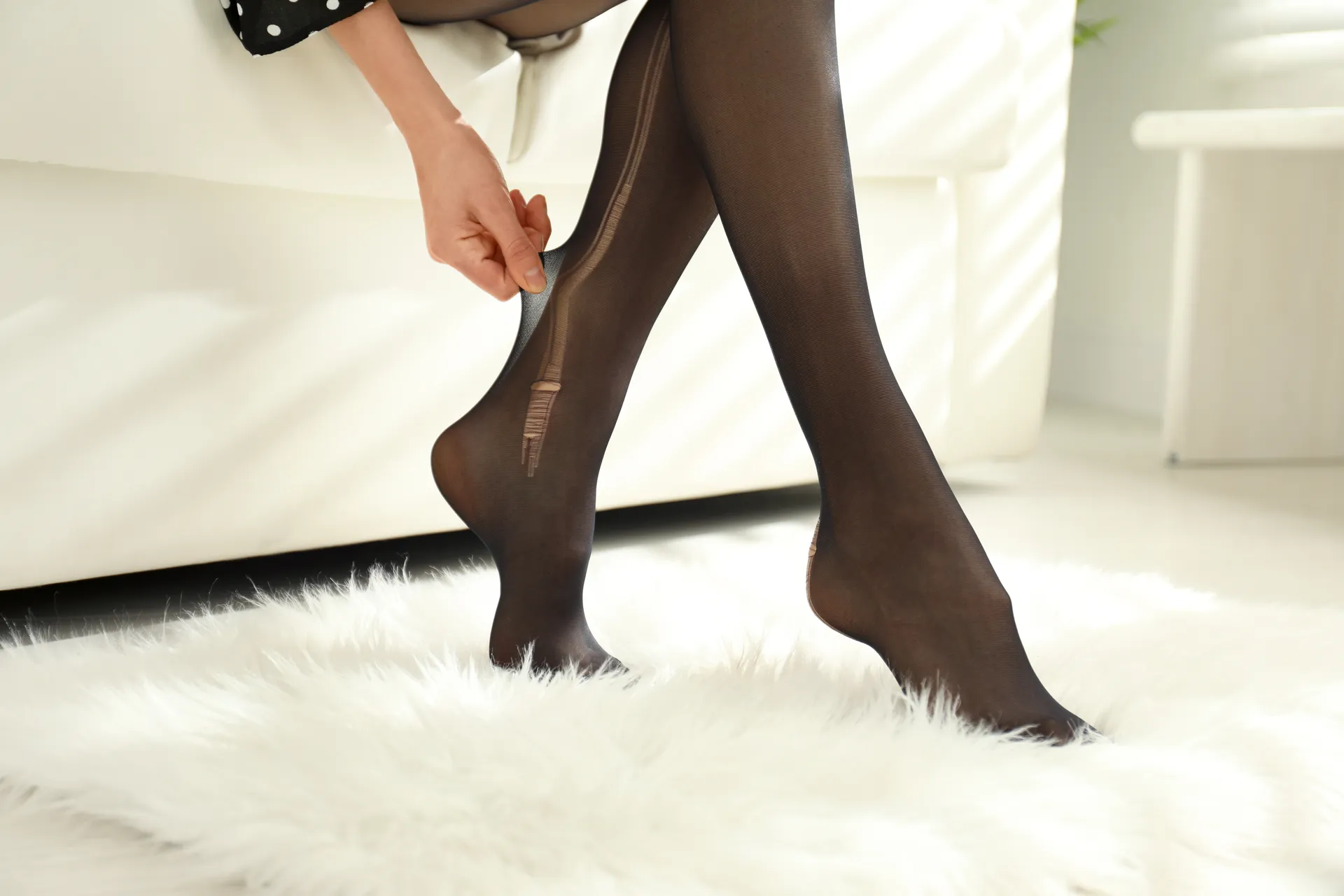
Old pantyhose / tights
Garden stakes & plant ties: Stretchy, gentle on stems, and naturally UV-resistant.
Weight bearers: Supports imature fruits and veg while they ripen
Filter: Use in rainwater or paint filtering setups.
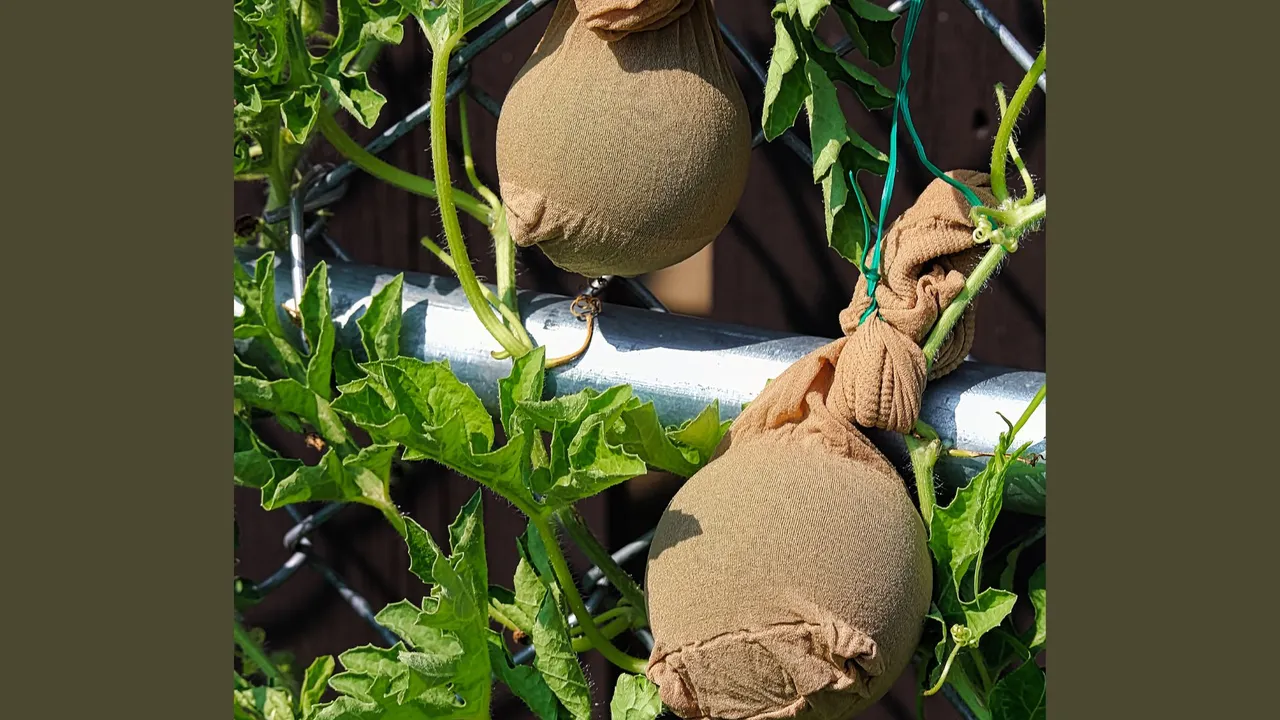
Stretched rash vests / swimwear (lycra blends)
Grip-enhancers: Cut and wrap around tool handles or jar lids for better grip.
Non-slip pads: Place under buckets or toolboxes on slippery surfaces.
Old socks
Paintbrush wipers: Slip over your hand for on-the-go cleaning.
Polishing mitts: Great for buffing waxed wood or cleaning garden tools.
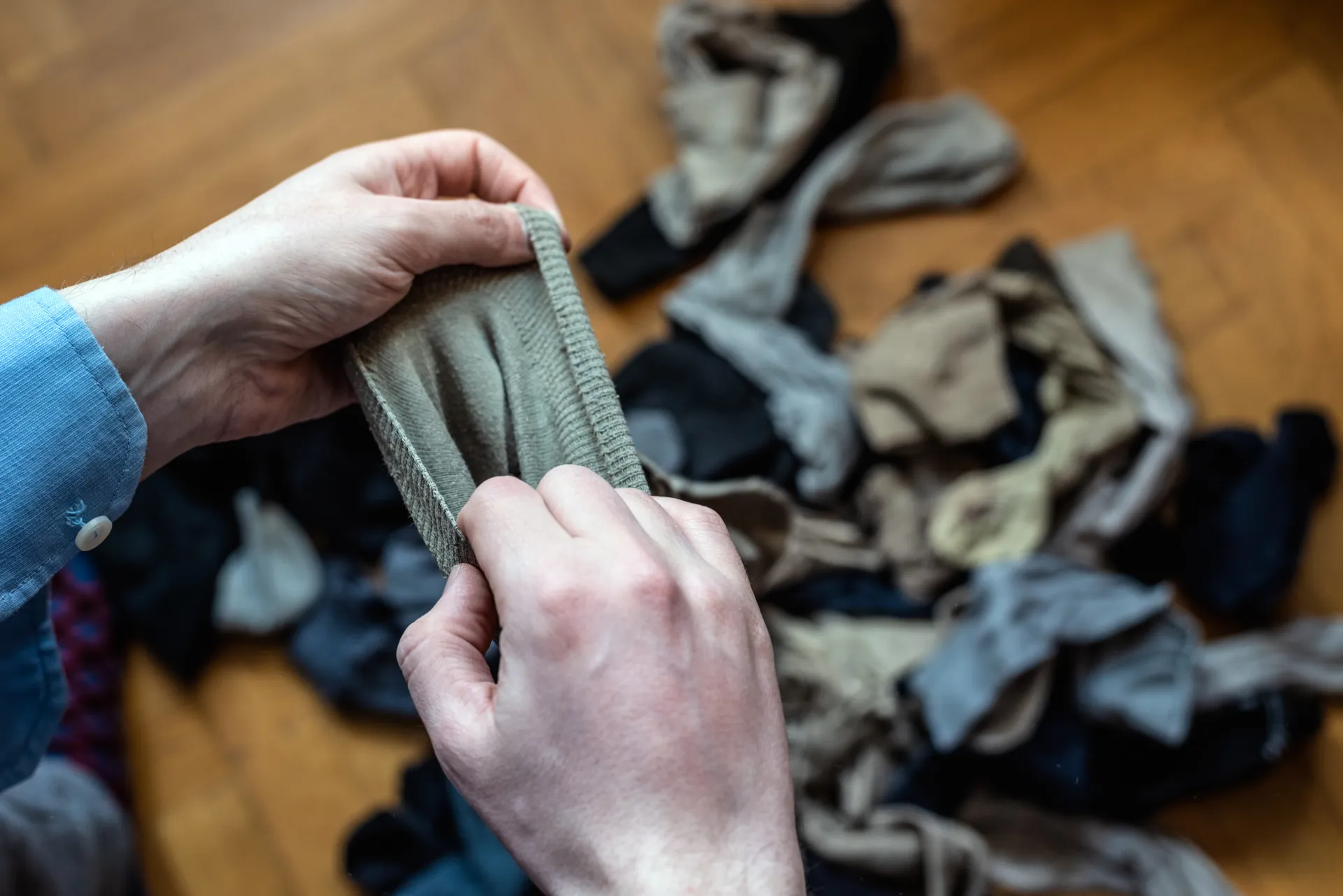
Worn denim
Heavy-duty scrubbing: Use on bricks, BBQs or paint-splattered surfaces.
Kneeling pad filler: Layer into sewn pouches or reuse inside outdoor cushions.
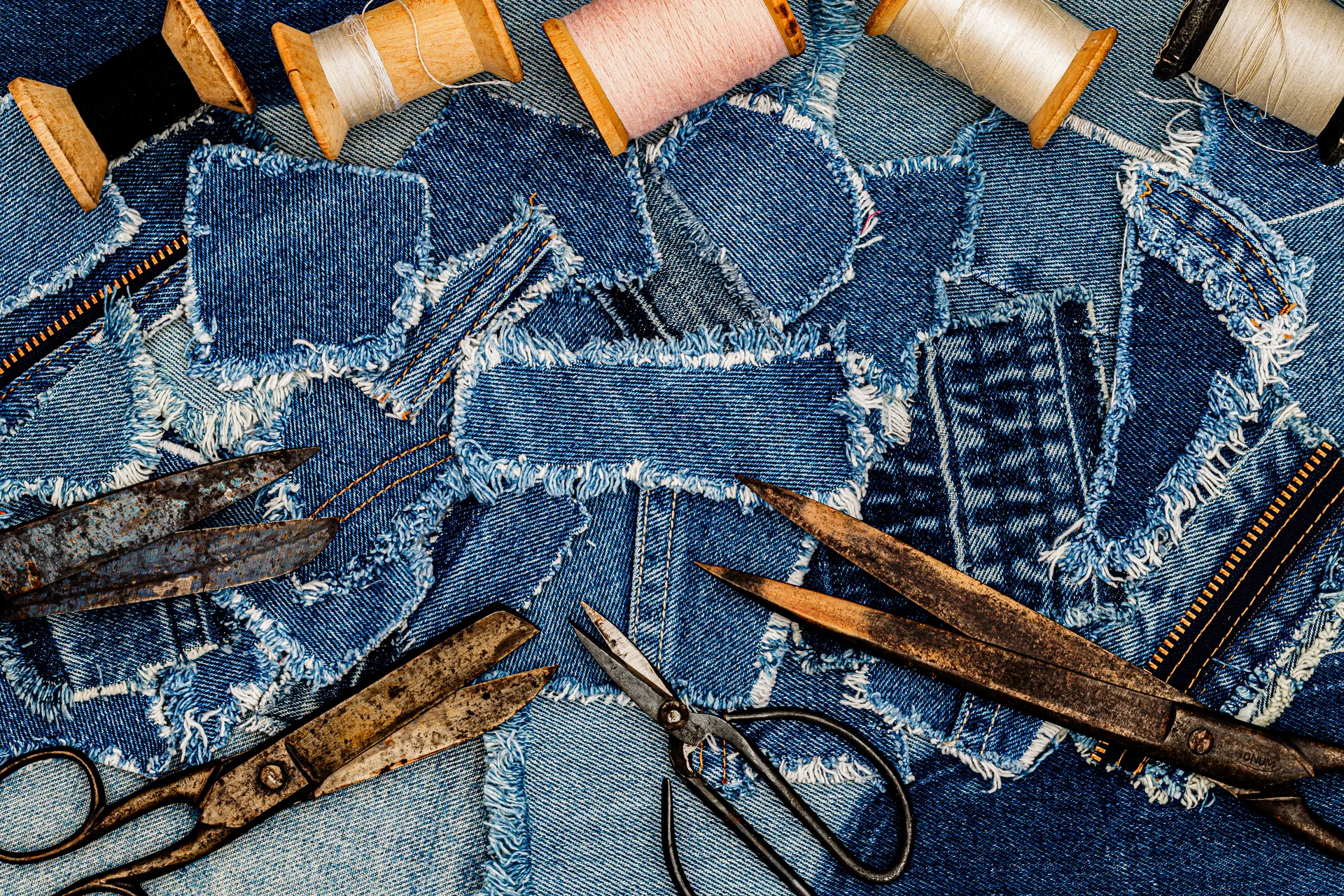
Sheets and pillowcases
Dust covers: Drape over furniture or tools during renos.
Drop sheets: Protect floors and benchtops.
Fabrics to avoid
- Synthetic silky blends: Too slippery or non-absorbent.
- Sequined or beaded items: Can scratch surfaces.
- Highly elastic clothing (unless used for grip): Not absorbent or practical.
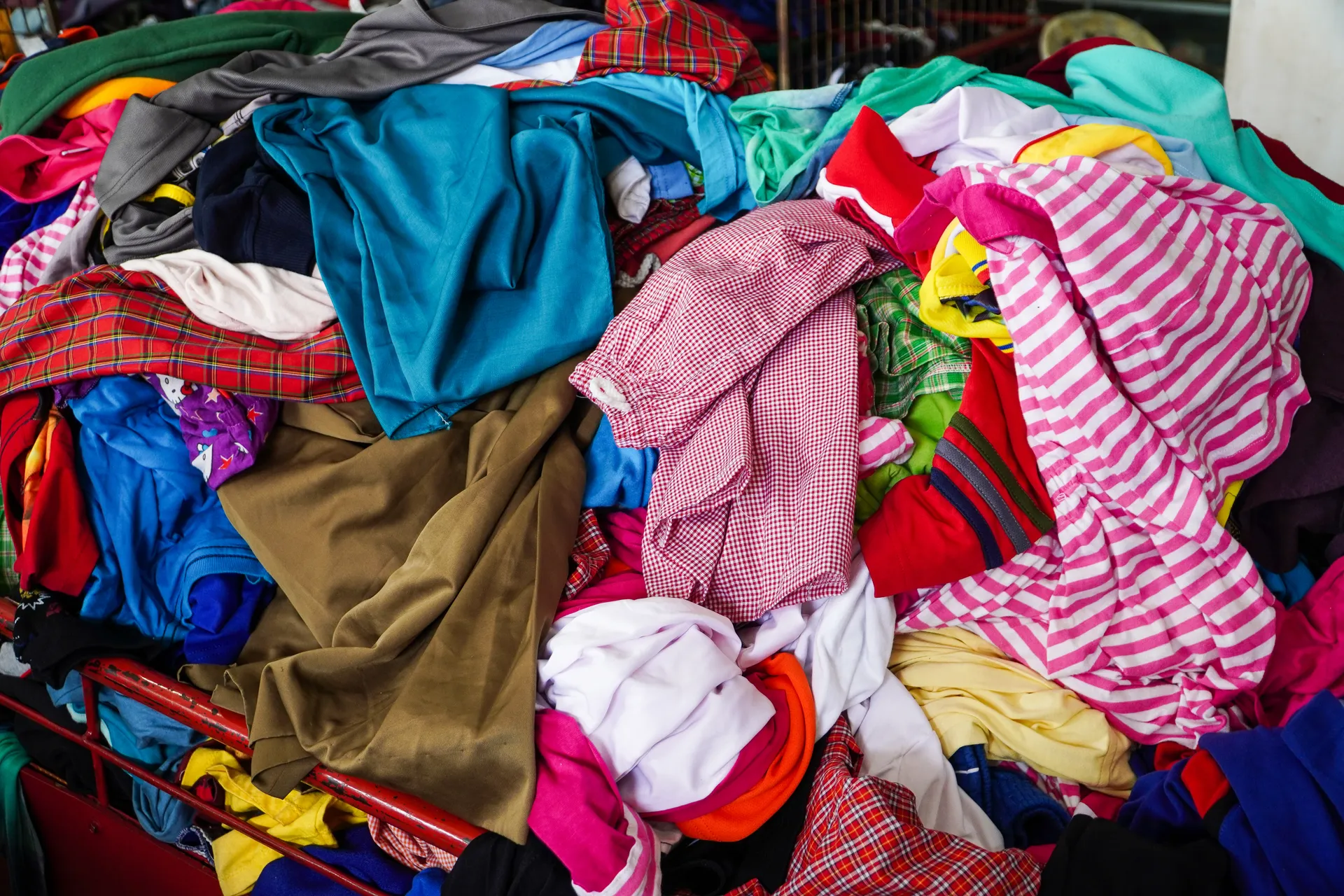
Trade hack: colour-code your rags
- Assign a colour to each use:
- White for glass and polishing.
- Dark cottons for oil, grime and mechanical.
- Bright towels for spills and floor use.
Final tip
Before tossing any garment, ask: “Could this be useful for building, cleaning, garden or trade?” If the answer is yes—cut it down, box it up, and label it for future use. You’ll save money, reduce landfill, and make jobs that little bit easier.
Categories:
